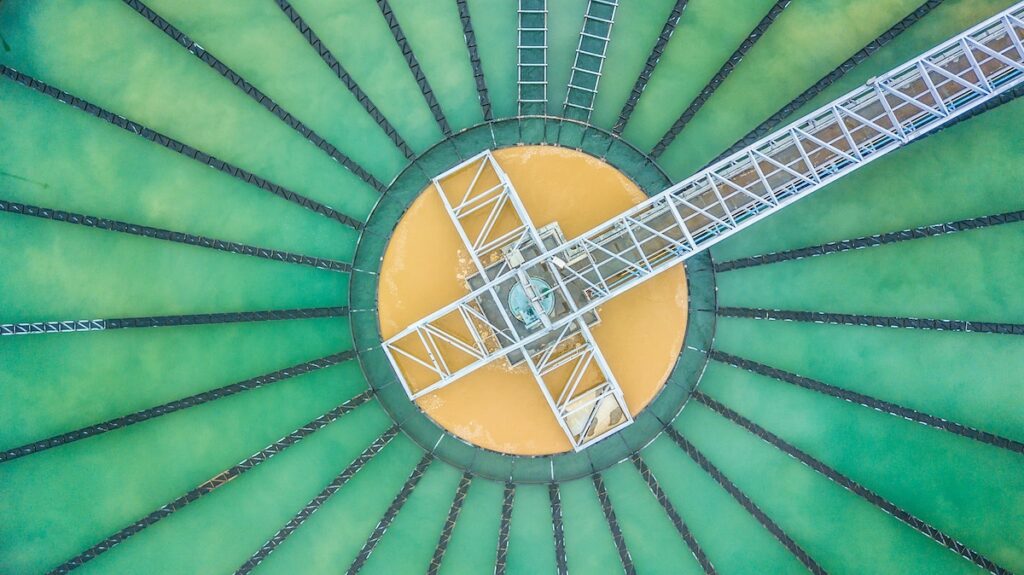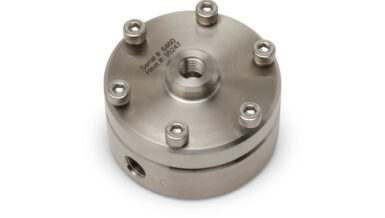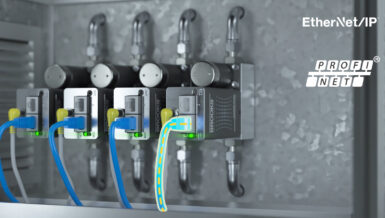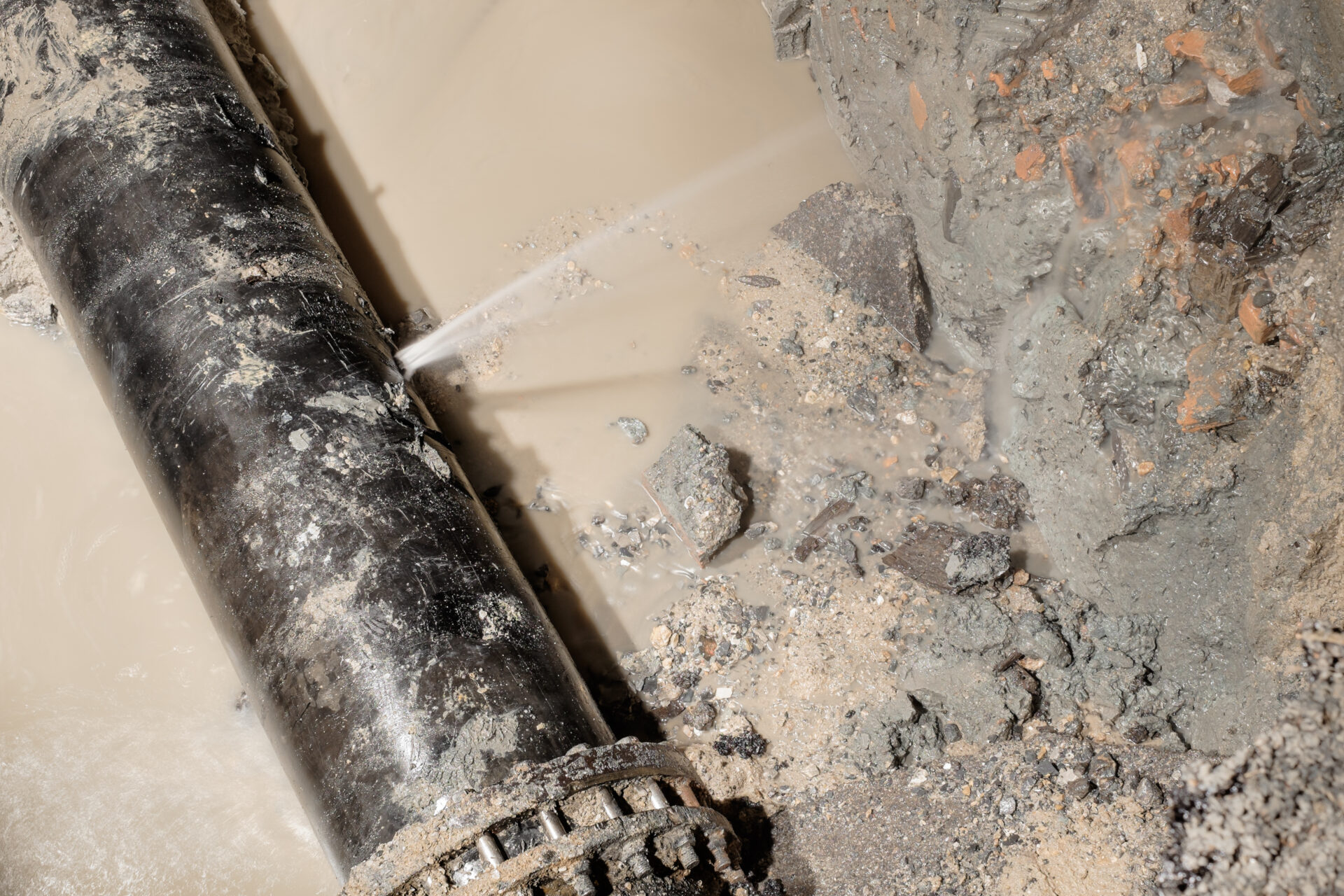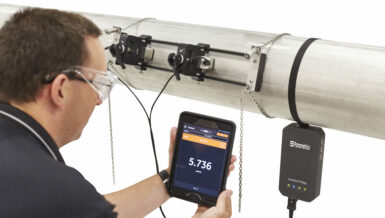Flow, pressure and temperature are the most important units of measurement when monitoring or controlling fluids in pipes. They are early indicators for problems that can have major implications for the overall business. Flow measurement allows users to know that the right fluid is in the right place at the right time.
Why is this important?
Inaccurate flow measurement can have serious and possibly damaging ramifications for a facility. Users measure flow for four key reasons:
- Safety: Uncontrolled flow rates may cause temperature and pressure to reach dangerous levels with serious consequences.
- Product integrity: Flow can help ensure the right amount of blended materials are present at all times. This includes everything from processed food to gasoline.
- Efficiency indication: Companies can determine how efficient a process is by measuring the amount of each input that has gone into the product compared to the amount of product produced.
- Process variable control: Flow rate is measured and controlled during energy transfer applications.
Having a system in place to address these four key variables can mean the difference between making a profit or running at a loss for organizations.
Even if a company knows it needs to measure flow, that does not mean it knows the best way to do so. There are several options to choose from, from displacement flow meters, turbine meters and differential pressure flow meters to ultrasonic meters, vortex meters, Coriolis meters and more. Most flow meters are integrated into a pipe and inserted into the stream of flow, and each type of flow meter has its own advantages and disadvantages. The decision of which technology to use is based on several factors, including, for example, the location of the pipe, process conditions, stream composition and frequency of measurement.
A Growing Trend in Flow Meters
The ultrasonic flow meter is considered a new flow technology and has been replacing traditional flow technologies, especially with advancements in electronic processing and growing confidence. An ultrasonic flow meter can use several techniques to measure flow including transit time, Doppler and correlation tag.
Transit time measurement is the most common method and with a transit time meter, two ultrasonic transducers act as both signal generators and receivers and are in acoustic communication with each other. The time interval between transmission and reception of the ultrasonic signals is measured in both directions. When there is fluid in the pipe, the downstream transit time is less than the upstream time, as the downstream pulses are accelerated by the flow and the upstream pulses are slowed by it. The difference in the two transit times is proportional to the velocity of the flow.

Advantages of ultrasonic flow meters can include:
- no moving parts that require maintenance
- no pressure drop for energy loss
- no restrictions in the pipe that could be damaged by impurities in the fluid, since transducers do not protrude into the process
- forward and reverse directional flow measurements
- diagnostics such as signal strength and sound speed that provide additional insight on the conditions of the flow measurement and the process fluid
Installation
One advantage of ultrasonic flow meters is the versatility of installation methods. Ultrasonic flow meters can either be installed with a flow cell (or spool piece) or can be installed externally to the pipe with clamp-on ultrasonic transducers.
Clamp-on fixtures with ultrasonic transducers strap or clamp on to the outside of a new or existing pipe without the need to cut into the pipe or shut down the process, saving time and money. Clamp-on meters can be installed at any time, in difficult locations and without process contamination. This makes them suitable for quick spot check measurements on temporary installations to permanent flow monitoring. Clamp-on meters can be left in place for fixed installations or battery-powered and portable for different measurement points.
Clamp-on flow measurements are used in multiple industries including oil and gas, chemical, manufacturing, steel, food and beverage, and power.
Another industry that has accepted clamp-on meters is water and wastewater. A major multinational food and drink processing company requested support to validate the performance of existing flow meters in its water treatment plants. The flow meters continuously experienced failures and performance issues. Even after replacement, failures continued.
From the discussion with the plant process team, it appeared that the reliability issues with the inline flow meters started after the clean-in-place process changed from chemicals to ozone. These substances were believed to be damaging the existing meters. To quickly validate an ultrasonic flow meter performance, portable clamp-on flow meters were installed to check some of the existing flow meters, and the overall readings with instrument diagnostics matched expectations.
This facility then installed permanent clamp-on meters for a longer trial along with the existing meter, and the clamp-on ultrasonic flow meters met the company’s expectations. These meters are now the standard flow meter in the facility for these water measurements and illustrate the versatility of ultrasonic flow meters.



